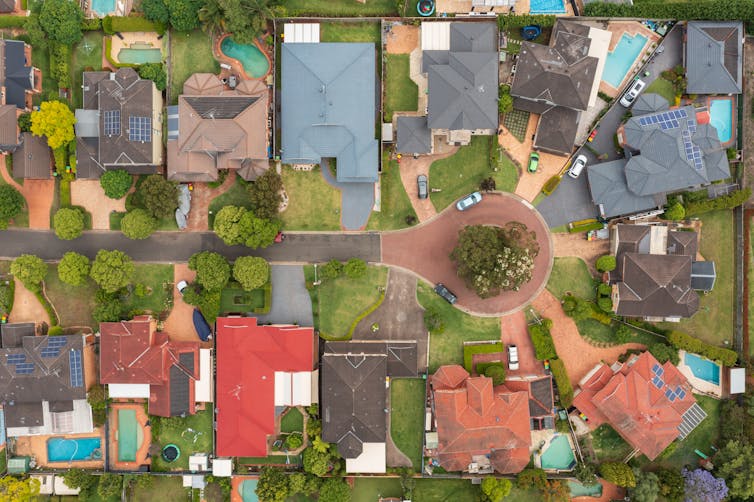Having finally stared down Greens resistance in the final sitting week of the year, the Albanese government looks set to tick off the last of its 2022 housing commitments in need of parliamentary approval.
Like most of Labor’s other housing measures, the Help to Buy and Build to Rent tax reform initiatives are rather narrowly targeted and quite modest in scale.
But although no one is claiming them as silver bullets, both can be fairly justified as sensible efforts to address widely perceived housing pressure points: namely, home ownership affordability and private rental housing quality.
How will Help to Buy work?
True to its name, Help to Buy is a mechanism to assist low to moderate income earners in accessing home ownership.
Other first home buyer assistance programs of course already exist. Nowadays, the most important is the Commonwealth’s Home Guarantee Scheme which enables access to low-deposit mortgages.
Created by former prime minister Scott Morrison, but expanded by his successor Anthony Albanese, this now offers such help to 50,000 households per year. This is well over a third of all first home buyers.
Importantly, though, Help to Buy is a more ambitious scheme that complements the guarantee program by targeting people on lower incomes.
It does this by setting lower income eligibility limits and by offering more substantial assistance to successful applicants. That combination means Help to Buy has the capacity to extend home ownership further down the income scale.
So whereas the Home Guarantee Scheme is mainly about enabling people to bring forward their first home acquisition, Help to Buy potentially enables home ownership for some people who were otherwise permanently excluded.
By taking a 30–40% stake, or “equity share”, in the acquired home, government reduces both the size of the buyer’s down payment and their mortgage loan.
Multibillion-dollar plan
This of course comes at a cost, because the government needs to fund that equity share.
The price tag for a four-year program involving 40,000 homes is estimated at $5.5 billion. But all that money and more will come back to government when homes purchased with support are sold.
The “and more” part is the proportionate share of any capital gain realised at sale.
So by comparison with the “something for nothing” first home buyer grant and stamp duty concession policies that drained more than $20 billion from government coffers during the 2010s, this is a relatively prudent and targeted use of public funds.

By offering a larger equity stake (40%) for newly built homes, the government is also justifiably looking to steer consumer choices in such a way that the scheme contributes to the wider policy objective of expanding new housing supply.
Similarly, by levelling the playing field for overseas funders of Build to Rent housing, ministers hope expanded investment will trigger a construction surge contributing to its overarching housebuilding target: 1.2 million new homes in the five years to 2029.
A lack of coherence
These initiatives are the latest in a wide-ranging array of housing initiatives taken forward during this term of government.
But other than the housing supply advocacy, there is little coherence or rationale that unites these measures.
Indeed, while promised in Labor’s 2022 platform, the National Housing and Homelessness Plan that would ideally serve that purpose remains under wraps.
It’s with this in mind that many have expressed frustration at the government’s low-profile approach to the plan’s development. This includes a perceived lack of enthusiasm to embed the plan in law.
In its commendable but slightly shapeless housing activism, the Albanese government’s record could be seen as resembling the Rudd government’s spirited housing policy revival from 2007–10.
In part, perhaps, because it similarly lacked a coherent overarching long-term strategy, that revival quickly dissipated – even under the successor Labor government, let alone once Tony Abbott took charge.
That is history we must hope is unrepeated.
Hal Pawson receives research funding from the Lord Mayor's Charitable Foundation, the Australian Research Council, the Australian Housing and Urban Research Institute and Crisis UK. He is affiliated to Senator David Pocock as an unpaid, part-time policy advisor and is a Non-Exec Director of Community Housing Canberra.
This article was originally published on The Conversation. Read the original article.







